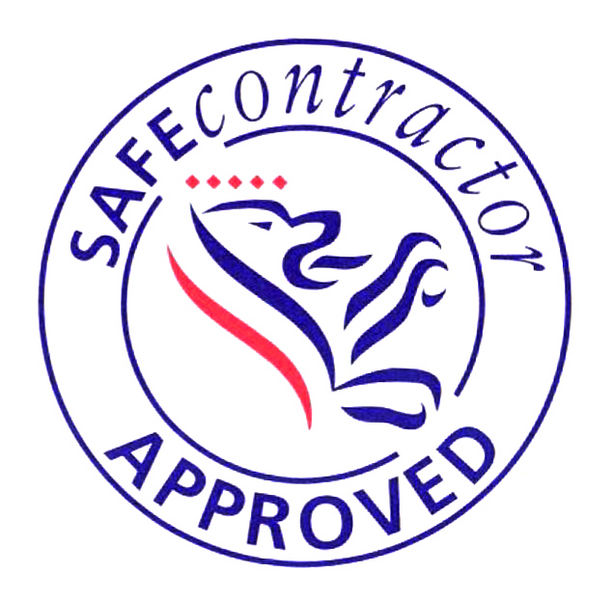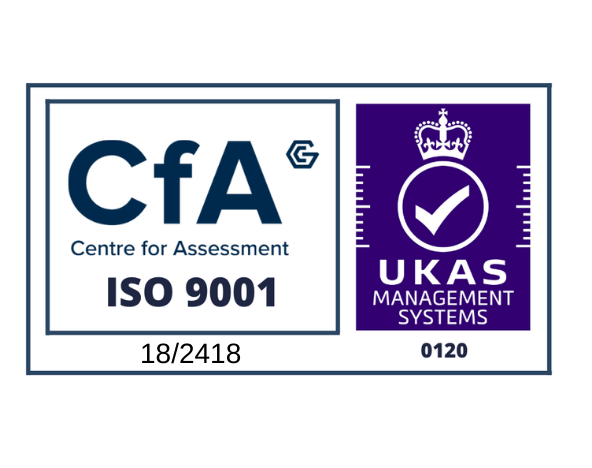The increase in steel prices and fuel and problems with Russia and Ukraine
Over the last few weeks, the news has been flooded with two things: The conflict between Russia and Ukraine, and the skyrocketing fuel prices. The hike in prices have left people resorting to browsing the internet daily to find the cheapest place to buy fuel and forcing them to make more conscious decisions about when and where to fill up their vehicles. With Russia being a major exporter of crude oil, the country's invasion of Ukraine has pushed up the prices for the commodity is so high that people are more concerned than ever about the rises in prices. However, the price of fuel is not the only issue to be concerned about. The conflict between Russia and Ukraine may lead to an increase in costs for our food, electronics and raw materials, such as steel. With the previous rise in steel prices over the past few years due to Covid-19 and Brexit, the conflict has brought upon new heights to the price of steel and is showing no signs of stopping.
Russia and Ukraine are the 4th and 12th largest steel manufacturers in the world. However, Ukraine's largest steel producers, Metinvest Holding LLC and Arcelor Mittal SA have been forced to halt production. Russian steel firms are also facing their own issues, because of the sanctions imposed on Russia by Western nations. Despite demand for steel remaining unchanged, problems within the supply chain has led to huge scarcity, resulting in the hike in prices. In addition to this, Russia is part of the top three largest nickel producers in the world, with Nickel being a key component used in the production of stainless steel.
The rise in fuel prices, not only have an impact on how people get to work, but also has an impact on the prices of imports and everyday items. With a majority steel being imported from overseas, and the rising cost of fuel, wholesale steel suppliers have opted to raise their prices to offset the cost increase.
Despite the war having a significant impact on the price of steel, there are oppertunities for other steel exporting countries such as India and Germany, to take over the market, and produce steel in large quantities. This, in turn, will assist in dealing with the lack of supply and can increase the likelihood of price reductions. However, until an alternative major steel source is established, the chances of a steel shortage in Europe is getting more and more likely as time goes by.







